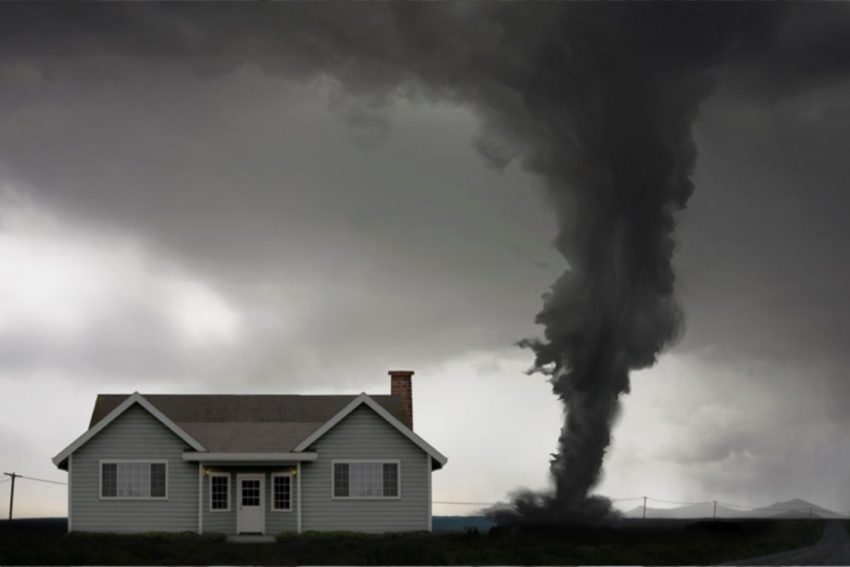This is the second installment in a three-part series originally written for a private Facebook group. It picks up where “The Letter” left off, turning a question into an investigation. The post is shared here with light edits for clarity and formatting, but remains true to the original.
To start from the beginning, read Part I: The Letter → or continue to Part III: Facing a Hydra.
Yesterday, many of you joined me in raising an eyebrow—and asking real questions—about the rising property valuations across Gage County. I read each of your stories and comments. They were powerful.
I also watched the video posted by the County and appreciated the data points and their explanation of how the laws are applied. It gave me more clarity on how the valuation process is structured—and I encourage you to watch it, too. It’s worth your time. It answered several of my questions, and it may do the same for you.
But I was left with a nagging feeling:
Is the system treating everyone fairly?
Going off what you’ve shared, I decided to look for myself. And not just at my own situation, but across county records. I wanted to test a simple idea:
If someone is in a position to take advantage of the system—are they?
And what I found doesn’t look good.
Let’s talk about the Vortex House—a rural home in Gage County. In 2024, this property underwent thorough and extensive exterior—and likely interior—renovations. We’re talking:
- A new roof
- New gutters
- High-end siding
- New windows throughout the entire structure
- A/C added
- And a visible and documented addition valued at well over $10,000
This is not speculation. These upgrades are clearly visible in county timestamped photos from December 30, 2024—just two days before the official valuation date of January 1, 2025.
That single addition alone should have increased the dwelling’s value by about 15%, based on the county’s prior valuation.
But here’s the twist:
The total increase on this materially and visibly improved dwelling? Just 1.26%.
Let that sink in.
A $14,000 recorded improvement—and possibly $40,000 to $50,000 more in visible renovations—led to a 1.26% valuation bump. Even conservatively estimated at $50,000, these documented and recorded improvements in both value and enjoyment resulted in just a $2,370 increase in taxable value.
Meanwhile, my dwelling—like many of yours—went up 9.3%.
My neighbor’s: 7.9%.
Other homeowners with properties zoned Agricultural? Reported increases of 25% and greater. Random sampling appears to confirm that pattern.
A separate rural property, usable as a comp against the Vortex House, with no improvements or additions? 28%.
This isn’t just a disparity. It’s a contradiction.
Its implications may not be subtle if:
- The county failed to apply its own math.
- The property was devalued quietly to offset visible improvements.
- Certain people or properties are being treated differently—whether by design or neglect.
And it gets worse:
This Vortex House is tied to someone connected to the county.
So I’ll ask plainly:
Why did this one property escape the same rules the rest of us couldn’t?
Because if these improvements had a near net-zero effect—even when logged, photographed, and plainly visible—then the county’s video claim that everyone “pays their fair share, no more, no less” rings hollow.
So here’s my challenge.
I’ve shown you my work. I used public records, public photos, and public tools. You can too.
If this all comes from just me, it’s easy to dismiss. But if others see what I saw—if you can verify it for yourself—then it’s not out of line to have raised the question.
So I’m asking the sleuths in town, the digital detectives, the data-savvy neighbors:
This is a treasure map to the truth. But it takes verification to confirm.
Go look. Follow the clues I’ve given you. Work together. See what you find. If you see what I see, reach out to me. Let’s compare notes.
Because if public records confirm for you what they appear to confirm for me,
then public officials owe the public an answer.
And if this house really did land in a valuation vortex, while the rest of us were left footing the bill, then we deserve to know:
How did it happen? Why wasn’t it caught? And who made the call?
Are you up for the challenge?
If this struck you as odd, you’re not the only one. The next post zooms out, names the pattern, and tries to chart a path forward. It’s called “Facing a Hydra.”


3 thoughts on “The Vortex House”